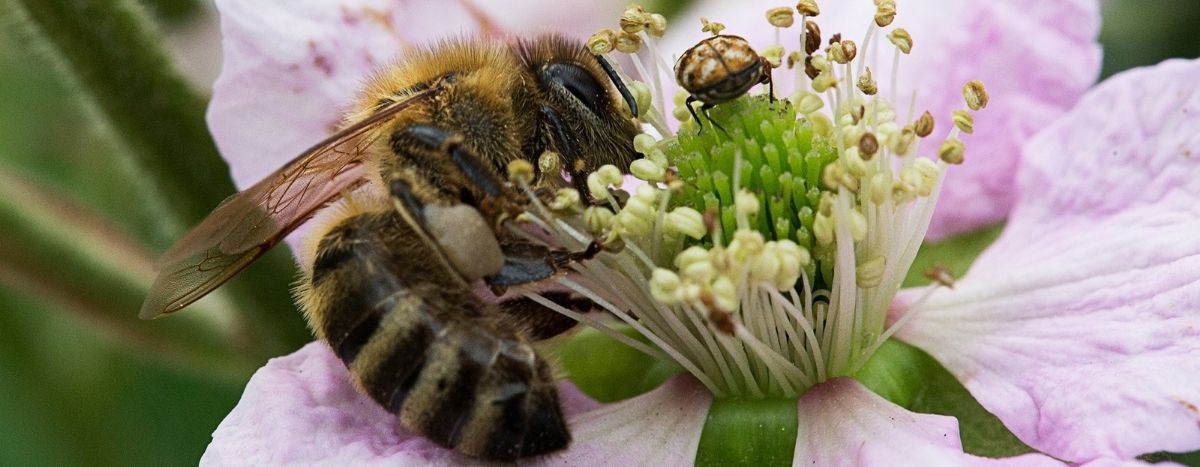
Is there really a place for bees in European politics?
Published on
Translation by:
Jennie GonzálezBeekeepers across Europe are in a difficult situation due to farming policies. In recent decades a series of EU measures, particularly the Common Agricultural Policy (CAP), have promoted agricultural intensification, severely affecting the bees' wellbeing. Pesticides and the rarefaction of resources are now the norm, and talks about the future agenda of the CAP don't suggest there is much scope for change. Beekeepers are tired of political decisions. Experts and professionals from Germany, Spain and France explain the causes of the ongoing disarray.
François Le Dudal has been a beekeeper for more than a decade. He lives in Brittany, in Côtes-d'Armor, where he looks after a total of 400 hives. His daily commute requires a very long trek across the countryside. In this rural area, bees have everything they need to live a nice life. Or so it seems. In fact, in 2018, François lost 80% of his bees by the end of winter. And his colleagues from the region have reported similar losses.
Concerned professionals are still trying to establish the possible causes. Things such as bad breeding practices, atmospheric conditions, the varroa mite (a parasite that feeds on honey bees) have been quickly ruled out. "As time passed, we started to have suspicions about issues related to toxicological matters. That was what affected the bees being exposed to it before winter, and could lead to the collapse of beehives as a consequence", explains Le Dudal, who also presides the Breton syndicate of professional beekeepers (SAPB).
The French Observatory on honey bee weakening and mortality (OMAA), created that same year in Brittany, has identified several causes, but the organisation doesn't do any toxicological research on the bees. In Le Dudal's case it seems his bees may have suffered nosemosis (note: a parasite recently reclassified as a fungus that mainly affects honey bees). According to him, however, that doesn't explain such a dramatic collapse.
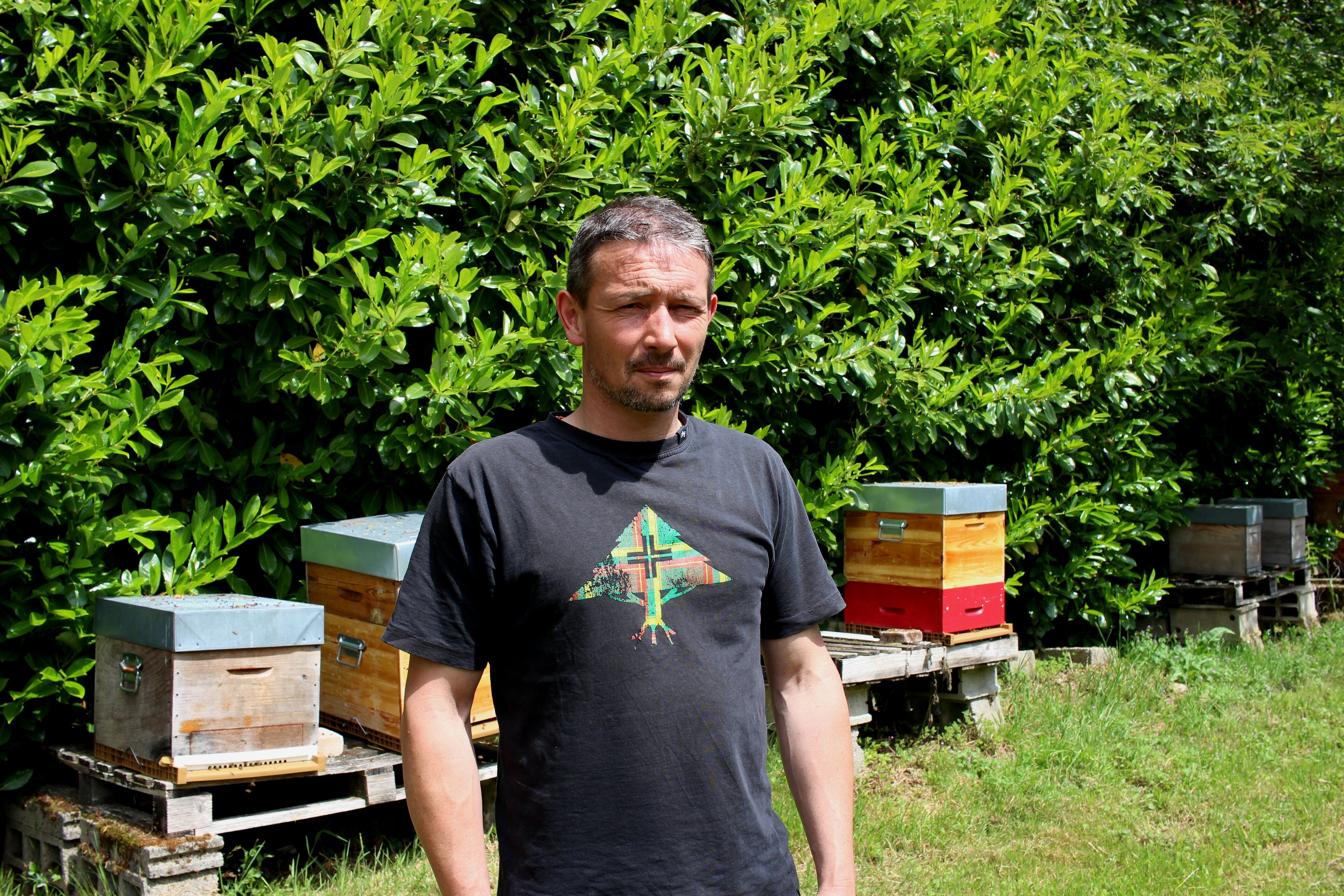
It's difficult to establish a direct causal link between the use of pesticides and the death of a given beehive. On the one hand, toxicological analysis frequently reveals the presence of pesticides, without any decisive conclusions. On the other, the bee mortality rate is in fact due to the convergence of several factors.
The first report of the World Biodiversity Council mentions soil assignation changes, use of pesticides, invasive species, new pathogen agents and climate change. One study from Maryland University in the United States in 2016 also found evidence that pesticides induced harmful effects to the beehives. The authors emphasise the 'cocktail effect' of these products. Certain pesticides generally labelled as non-toxic produce a high mortality in hives when accumulated over time.
For Le Dudal and a great number of male and female beekeepers in Europe, the European rules on pesticides are far from reaching their desired objective. In his garden, a few steps from some of his hives, he expresses his disappointment. "There's been some bans, but every time, it's the same. Between the marketing authorisation, the terrain assessment, with issues that that produces, the proofs and the bans, the years pass [...] and when a product is prohibited, they try to delay the ban with everything they have. It could be the lobbyists from Brussels, the French ministry of agriculture, passing through the syndicate FNSEA (_note: the main agricultural syndicate in France)."
A few kilometres away, Lütke Schwienhorst is also concerned about the consequences of all of this. He was trained as a farmer and works full-time as an agriculture adviser at the Aurelia Foundation in Berlin. "Bees are representative of pollinating insects such as wild bees, bumblebees or butterflies. They simply disappear, without anyone noticing," he explains. Pollinating insects are also indispensable to agriculture: scientists estimate that almost one third of our food depends on them. In his free time, this thirty-something is occupied with several beehives. During office hours he's mainly interested in EU agricultural politics, and what it means with regard to insects.
Bee Guidance
In Parma, Italy, the European Food Safety Authority (EFSA) is in charge of evaluating diet-related risks. They too have been faced with a lack of data while revising their Bee Guidance. They've been gathering scientific recommendations in order to authorise pesticides. Based on this evaluation, the EU decides which kind of atomisers can be used in European soils.
Despite the fact that the EFSA presented Bee Guidance for the first time in 2013, the EU member countries have been slow to adopt it, judging that its rules were extremely cautious and unrealistic. The EFSA's proposal - which accepted that bee's mortality had to be lower than 7% per hive in order to authorise any pesticide - was rather inconvenient. An agreement was finally made 8 years later, at the end of June in 2021: the product was to be given the green light if beehive losses were under 10%.
In the meantime, the EU has cracked down on another type of pesticides: neonicotinoids. In 2013 they restricted the usage of three different substances from the same family (clothianidin, imidacloprid, thiamethoxam), but the family was not completely banned until 2018. This ruling kept beekeepers happy. But nowadays, at least 25 urgent authorisations have been subsidised throughout Europe in order to use these products on certain types of crops, such as sugar-producing beets. The member states have the possibility to grant urgent authorisations for a maximum of 120 days "if there's a risk that cannot be managed by other measures," according to European directives who determine these exceptional measures.
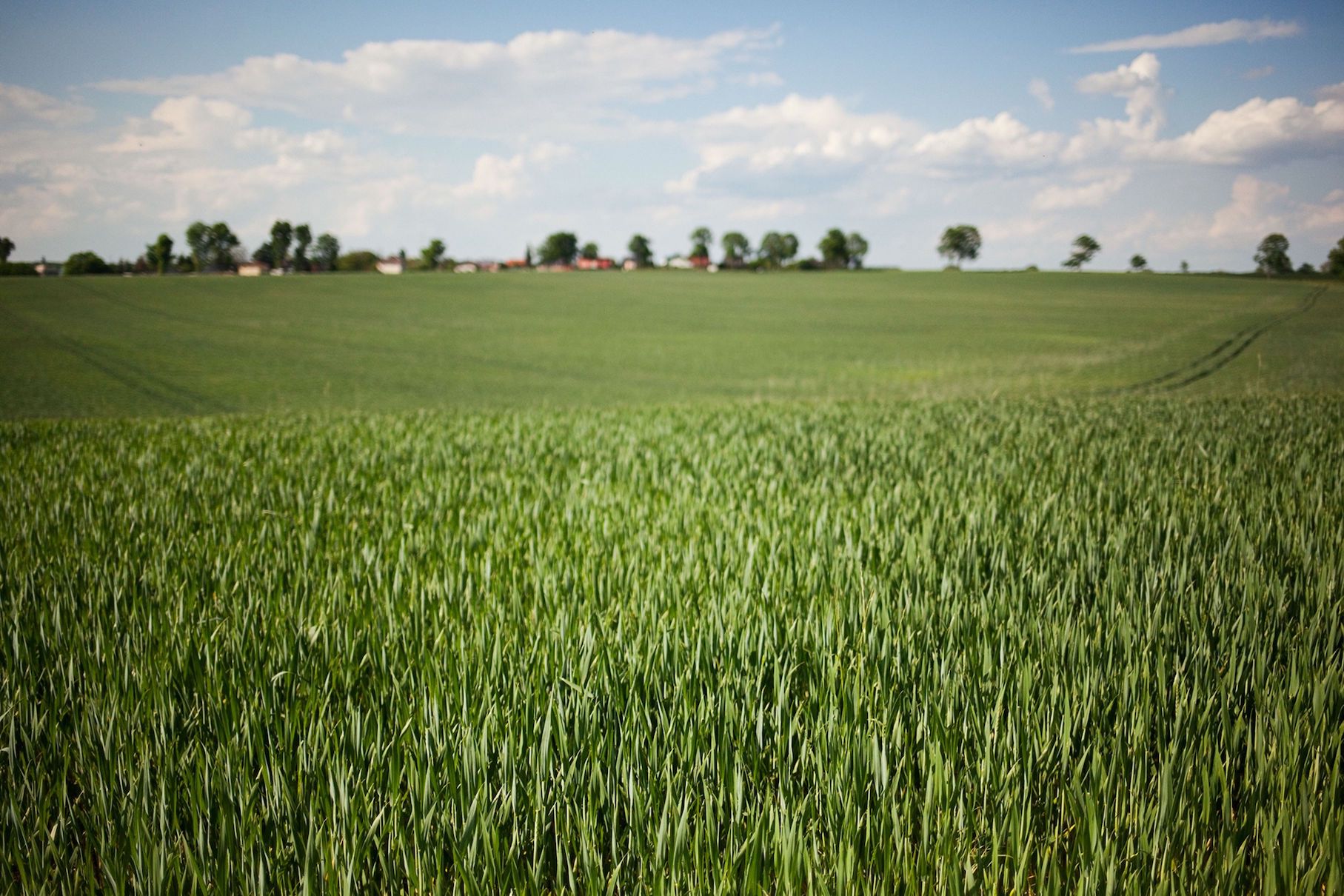
"There's evidence that shows how neonicotinoids were dangerous for bees, for biodiversity in general, which has created an unimaginable disaster. There have been a variety of species who have disappeared forever. It's impossible to revive biodiversity like that", expresses Le Dudal with regret.
Those things directly affect the insects' nervous system. They weaken the bee's sense of orientation, and it sometimes isn't capable of returning to its hive. This reaction is similar to humans when they do drugs, except that bees tend to die more frequently of overdose. There's not much information about how that would affect other pollinating insects, who are usually less resistant than honey bees, and no testing has yet been done.
Those exemptions work the same way with other banned pesticides. Since 2021, every Breton beekeeper has realised that 'lumiposa' benefitted from a temporal authorization in Brittany. This pesticide, which fights against geomyza flies and oscinella frits on corn, is considered high-risk for the bees. Even if corn isn't exactly the most attractive flower for the bees, they still collect it sometimes. What's more, it's possible this insect may be in search of water from the corn's guttation fluids around sunrise, whose molecule concentration would be even higher.
Not so green as all that
Far from the Breton corn fields and fir trees that serve as food for the bees that are bred by François Le Dudal, European directives and members of the Euro parliament are deciding on the future of the Common Agricultural Policy (CAP) for the years 2023-2027. On 25 June, mediators from the Parliament found common ground with the European Council (member states) about the text. The Parliament must vote in November to finally adopt that common ground, or not. The Euro members from Greens/EFA group have appealed to their colleagues not to approve that text. They estimate it won't be able to attain the Green Deal objectives. The detailed documents prepared by each individual country show even less ambition.
For Tanguy Collet, an Eco beekeeper from Doubs (Bourgogne-Franche-Comté, eastern France), the CAP, in its current design, offers little possibility for organic development. According to this breeder of 100 hives, the strategic national plan presented by France in order to put into motion the CAP 2023-2027 doesn't live up to professional or consumer expectations.
The French Ministry of Agriculture has proposed to offer the same support for both the High Environmental Value (HEV) certification and ecological agriculture. Yet the special conditions from the first are far less strict. If environmental practices are encouraged, the usage of pesticides isn't excluded. Or worse, the HEV doesn't offer any environmental advantages in many of the cases, according to the French Biodiversity Office (OFB) whose report has been published by Le Monde.
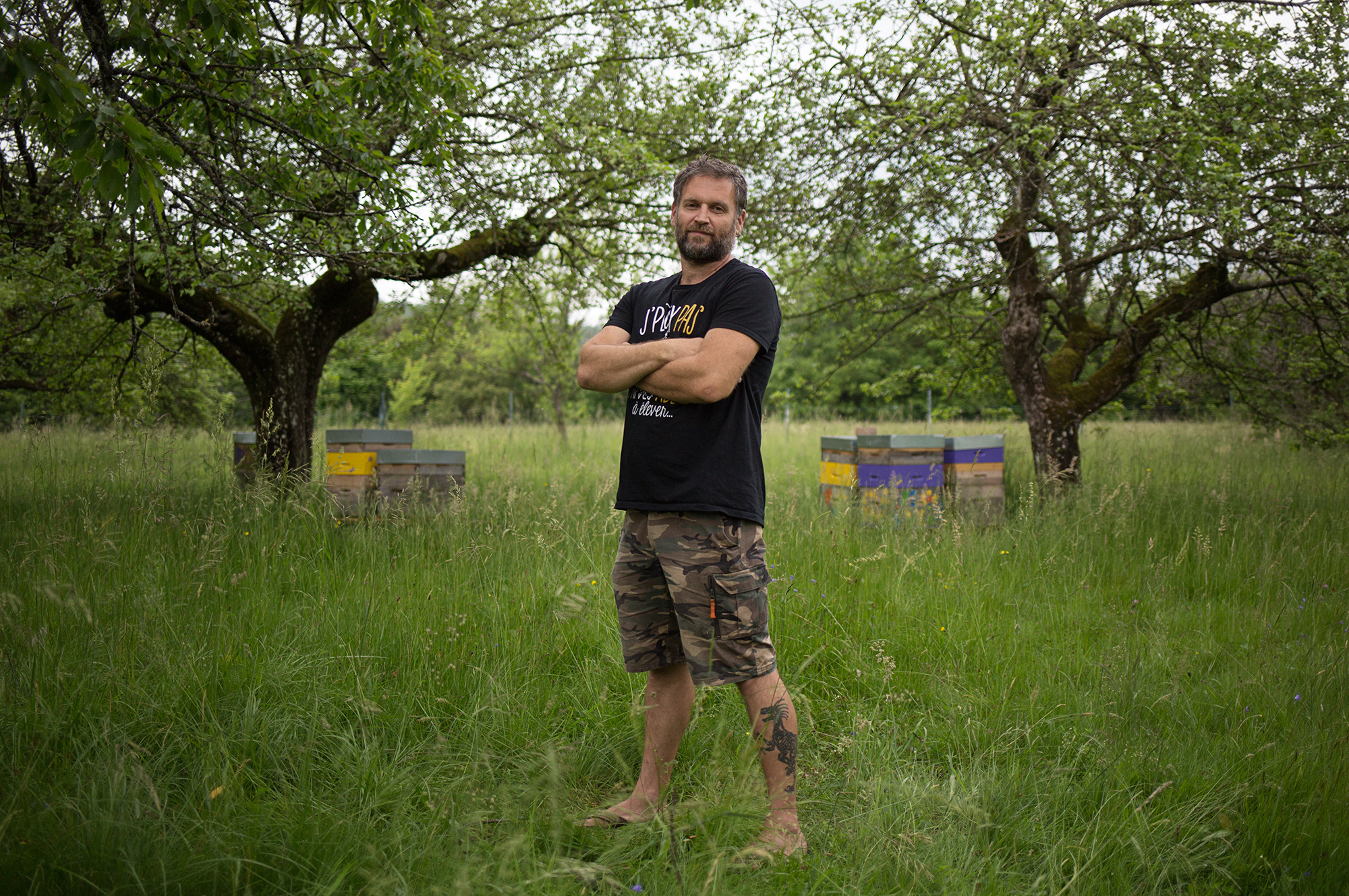
Walking about in sandals in the high grass surrounding his beehives, Collet expresses his disappointment with regard to this new approach. "This certification doesn't mean anything. It only means that it's the right thing while putting products over the fields at the same time." The HEV certification economically benefits from FNSEA which is heavily represented during negotiations with the government.
The beekeeper from Doubs evaluates all the same that the Ecolabel should be even more ambitious than it is now. "I'm in favour of a stricter charter and to have a real ecological model. Otherwise, anyone could have ecological certifications, which is how it is now more or less." However, many forces within the same trade are against this vision. For some people, it's a question of encouraging more ecological facilities instead of dissuading them with an extremely strict charter. In their strategic national plan, France proposes increasing subsidies for ecological conversion (+36%). This on the other hand, removes current subsidies in maintenance for Ecofarmers already on site.
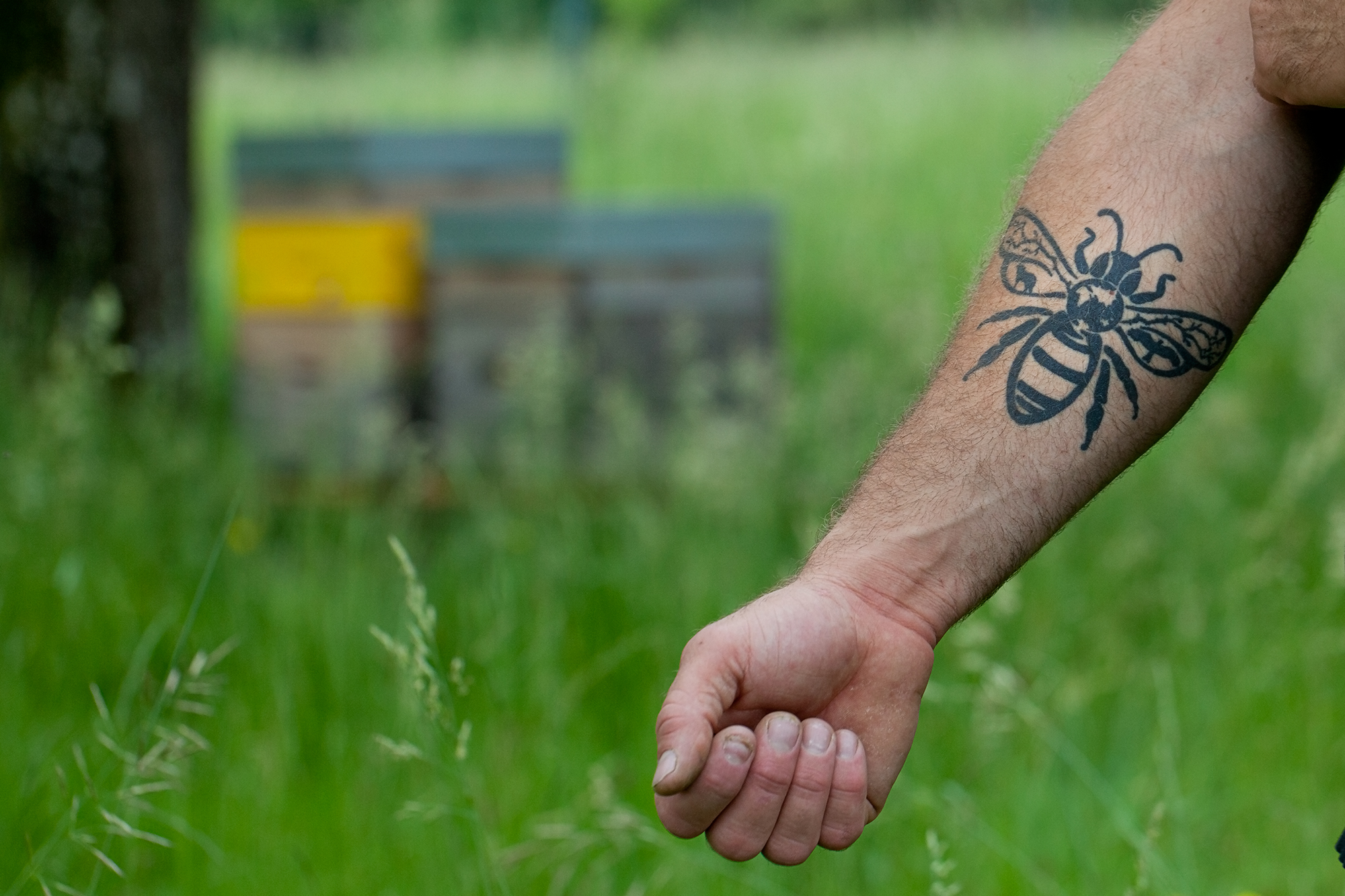
An environment that became hostile
Alongside dangerous substances, bee colonies are also threatened by other agricultural factors. As years go by, intensive agriculture, single-crop farming, hasty harvesting and the pouring of concrete over fields has encroached even more on biodiversity. Little by little, pollinating insects are finding it more difficult to eat and therefore survive.
Current politics encourage farming on flowerless vast fields, explains Lütke Schwienhorst. Wheat, barley and corn are the most predominant in several places. Agricultural structures are gradually getting bigger. In Germany, for example, the average size of cultivated land covered 63 hectares in 2020, 13% more than ten years ago. The situation is pretty similar in most European countries. One of the reasons is that most agricultural subsidies in the EU are based on its surface area: farmlands receive money in relation to the number of hectares they possess.
"All of that means that rural areas from Europe are gradually transforming into green deserts", declares Schwienhorst, who owns some beehives across Berlin. "And pesticides are used on fields where there's flowering plants, [...] It goes so far that bees from the countryside are far more aggressive than the ones here in town," he says nodding towards his wooden red boxes. Here, in Berlin, bees are less exposed to pesticides than its homologous out in the countryside and are able to find more flowers and trees in town than in several agricultural landscapes.
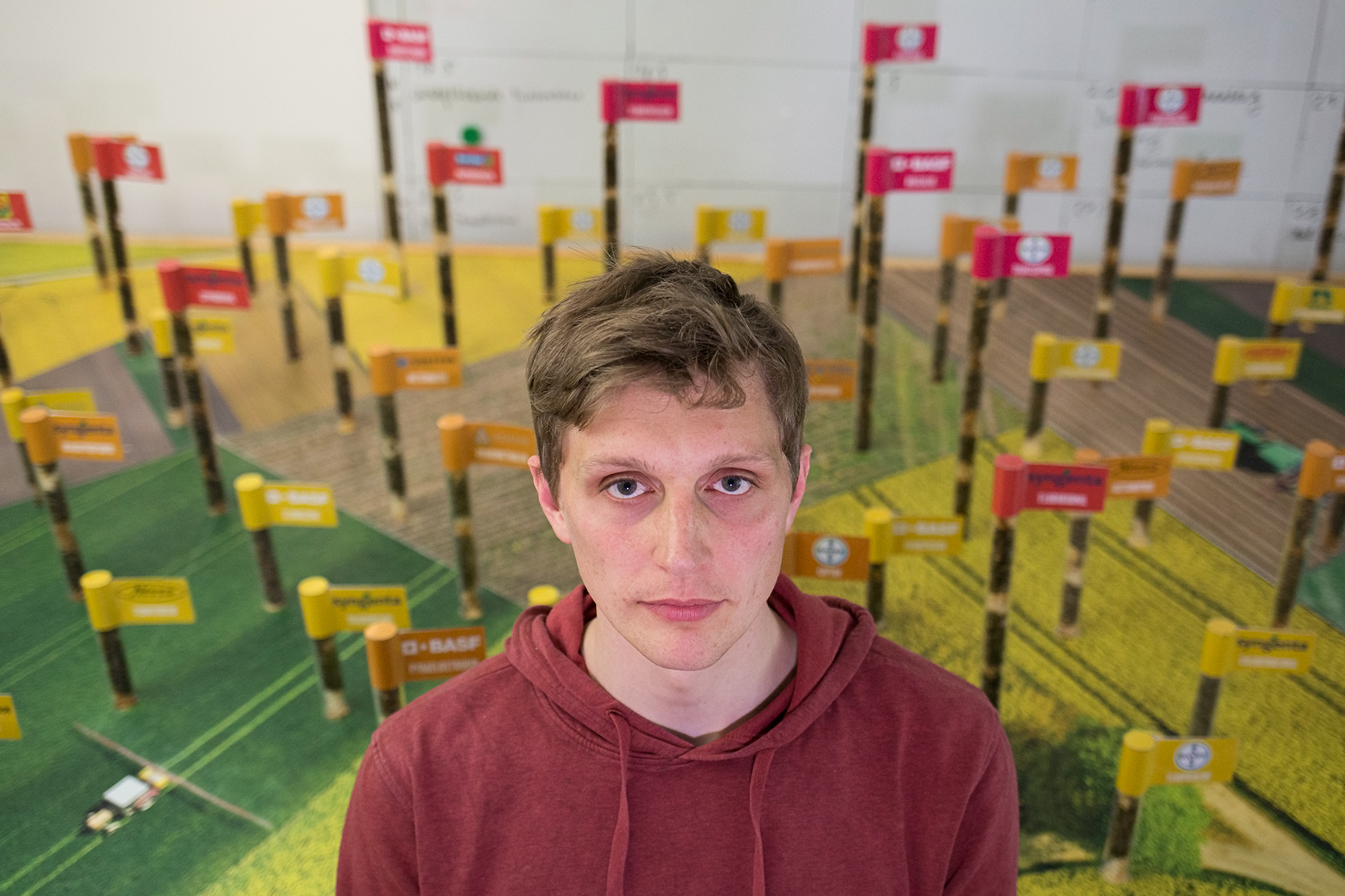
In order to find a solution, the EU did include some environmental objectives in the CAP 2014-2020. Farmers benefit from 'green subsidies' with the condition of diversifying their fields, keeping permanent prairies, and maintaining surfaces of environmental interests (SIE). Member states had to give 30% from the CAP's direct subsidies to green payments.
But according to a report from the European Court of Auditors, this program hasn't obtained its betterment objective on the CAP's environmental performance. In fact, it's still far from that. For example, the demands related to permanent prairies, "haven't had any changes in agricultural practices other than 1.5% of EU's agricultural soil", according to the auditors. These prairies offer beneficial green manure for pollinating insects.
"Demands to go green are generally rather modest and correspond, in a big part, to regular agricultural practice"
According to the Court of auditors, the first cause of this failure results in a wide spectrum of conditions to receive those funds. "Demands to go green are generally rather modest and correspond, in a big part, to regular agricultural practice", they add. This report denounces equally a great number of possibilities for certain criteria. Thus, 65% of farmers could have benefited from green payment without any obligation to respect the 'go green' demand.
"Its main flaw is the preservation of natural and semi-natural habitats, rather than productive habitats. It's necessary to build a correct matrix around these areas that supports these wild organisms' populations, that would act in borders or present non-cultivated fields," explains Elena Concepción, a PhD researcher in biodiversity at the National Museum of Natural Sciences in Madrid.
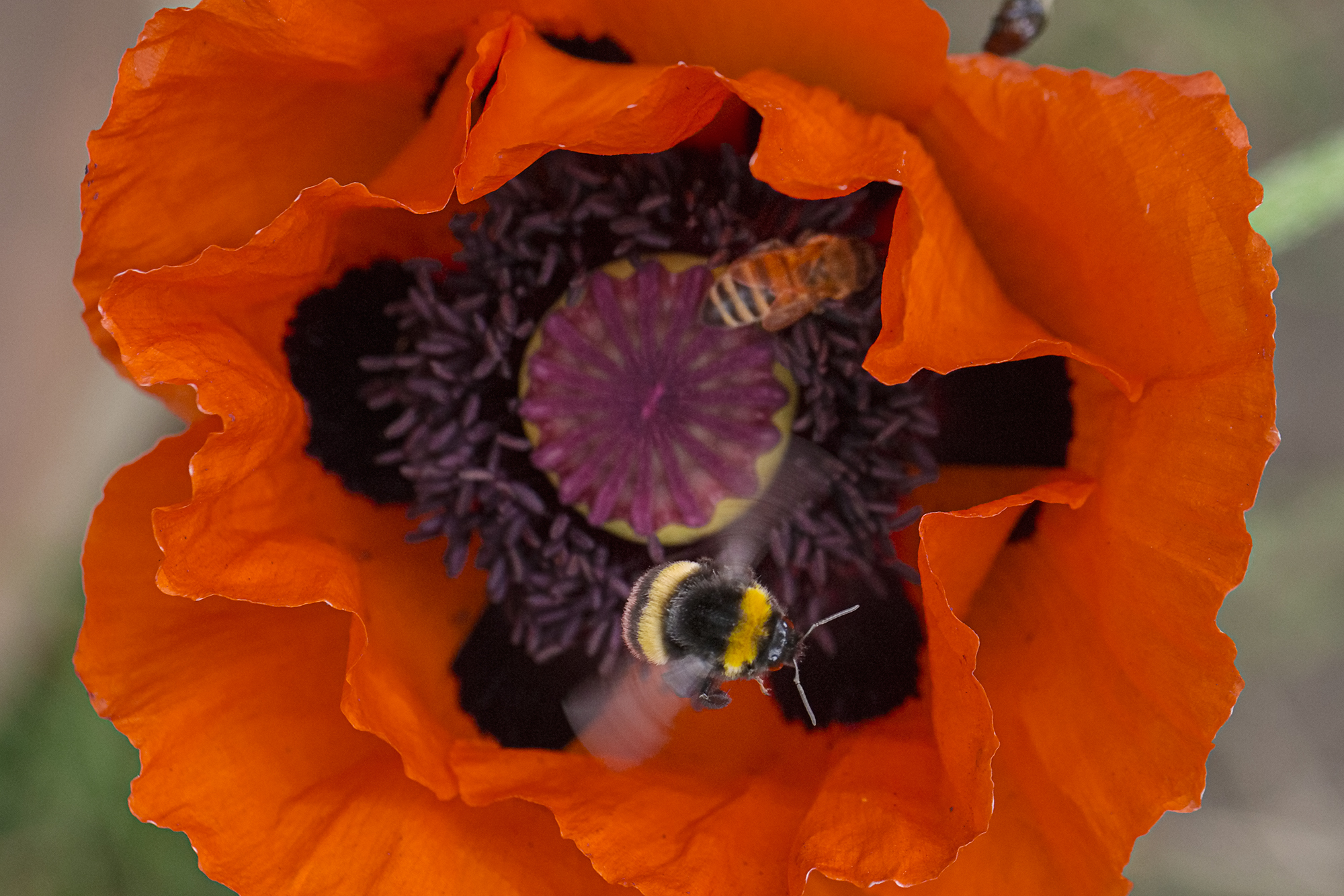
The CAP 2023-2027 predicts a new kind of green subsidy, renamed as 'Eco-schemes.' After some common agreement, member states must approve at least 25% of subsidies to these eco-schemes. Until 2024 nevertheless, they'll have to be satisfied with 20%. That's too scarce for a fraction of Euro members that campaigned for a minimum threshold of 30%.
The new CAP should also continue to protect the environment through its second pillar which focuses on rural development (EAFRD). At least 35% of the budget must be given to agri-environmental schemes which favour environmental practices, climate and animal wellbeing. In the old program from 2014-2020, the threshold was already at 30%.
For François Le Dudal, it's clear that "the CAP isn't much in favour of peasants' agroecology." He meets with several NGOs, syndicates and experts throughout Europe. "They repaint the CAP as green, but in reality, this always results in intensive agriculture," affirms Elena Concepción.
On 20 October, the European Parliament approved a reporting initiative, demanding the European Commission (who leads on European directives and rulings) to present a new pesticides bill for 2022. They demand a decrease of 50% by 2030, and a new objective of producing at least one quarter of ecological soil. Once again, the results that come from Brussels may disappoint farmers that support a greener agriculture.
Cover picture: © Antolin Avezuela
This article was made possible thanks to the Journalism Fund

Translated from Y a-t-il vraiment de la place pour les abeilles dans la politique européenne ?



